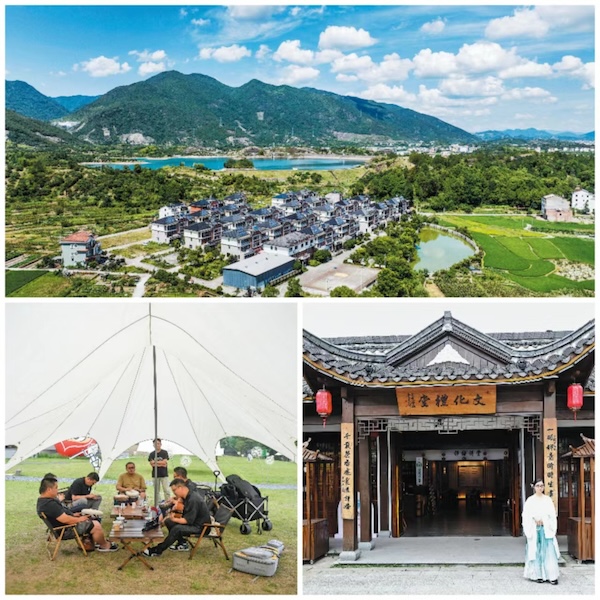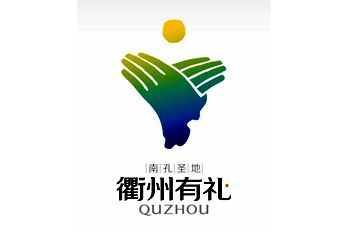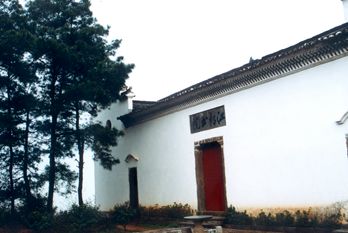An idyll example of rural vitalization

In the mid-2000s, as a result of the government-led Green Rural Revival Program, large swathes of countryside in Zhejiang province underwent an environmentally, and culturally, conscious transformation. This has not only resulted in improved living conditions for residents, but has also attracted a massive influx of tourists, driving a burgeoning rural economy. ZHANG WEI/CHINA DAILY/CHEN YUEMING/WANG GANG/CHINA NEWS SERVICE
Since the early 2000s, Zhejiang province has forged a path to rejuvenate its countryside communities through the government-led Green Rural Revival Program
The May Day holiday earlier this year was a hectic time for Chen Jinwei, with the homestay his family runs in Zhejiang province catering to 56 visitors and bringing in revenue of around 130,000 yuan ($18,200).
"It was good business," said Chen, 57, who comes from Xiaye village, Xianju county.
Situated in the foothills of the Shenxianju mountains to the west, Xiaye village is home to a population of over 1,500. With a river providing drinking water, and neat houses lining its tidy streets, nearly every household in the village is connected in some way to the agritainment business, or farm-based entertainment.
Official figures show that Xiaye has 120 homestays, seven of which have won recognition from the French Development Agency. Last year, the village welcomed more than 590,000 visitors.
Locals often tell those visiting Shenxianju and staying in nearby villages they can either choose to experience what it feels like to be immortal by visiting the scenic area, or enjoy the idyllic scenery in the villages as mere mortals.
But Chen said that life in Xiaye was not so good in the past.
In the late 1990s and early 2000s, dilapidated houses were everywhere, he said. Chicken coops, pig pens, open-air toilets and residents' homes were in close proximity and rubbish was strewn on the ground.
"The air stank. When it rained, sewage mixed together and flowed onto the roads," Chen added.
Many villagers, including Chen, went to the cities to seek better opportunities.
However, in the mid-2000s, as a result of the government-led Green Rural Revival Program, the situation started to change for the better. There was less trash in the village, roads were paved section by section, rivers gradually cleaned up, and a proper bridge was built to connect an area of southeastern Xiaye to the outside world.
The improvements were the result of a province-wide campaign introduced in 2003.

 City brand logo - fist-and-palm salute
City brand logo - fist-and-palm salute Confucianism on campus
Confucianism on campus The culture of the academy
The culture of the academy